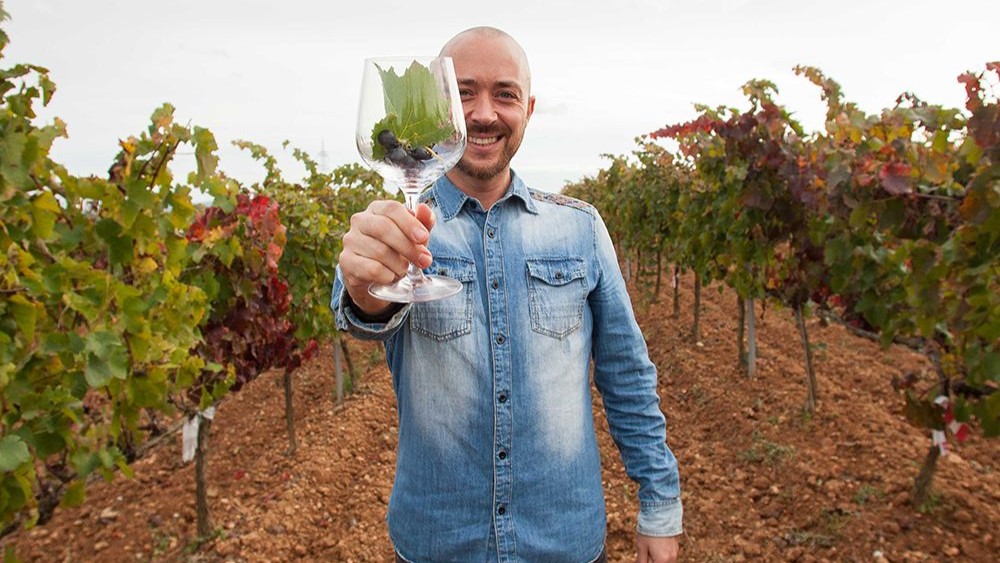A team from the Institute of Integrative Systems Biology (I2SysBio), of the scientific area of the Scientific Park of the University of Valencia (PCUV), participates in an international study that manages to complete versions 4 and 5 of the reference genome of the grapevine (vitis vinifera) in which a large number of genes related to the response to pest stress, lack of water or genes determining the aromatic capacity of the fruit are found
The international COST Grapedia project, in which the Institute of Integrative Systems Biology (I2SysBio, CSIC-UV), located at the University of Valencia Science Park (PCUV), is participating, has managed to complete versions 4 and 5 of the reference genome of the grapevine (vitis vinifera) in which a large number of genes related to the response to pest stress, lack of water or genes determining the aromatic capacity of the fruit are found. The information obtained will make it possible to design the vineyard of the future that is more resistant to climate change, which is seriously threatening the wine industry. This work has been published in the journals Horticulture Research and G3 Genes|Genomes|Genetics.
The initiative, coordinated by the researcher of the Ramón y Cajal Program of the Universitat de València and the I2SysBio (CSIC - UV), José Tomás Matus and funded by the European COST (Cooperation in Science and Technology) Office, reveals a complete version of the grapevine genome. Although the sequencing of the grapevine was completed for the first time in 2007, this first version and those that followed were incomplete, with many regions still unknown. Many of these genome fragments, which have now been correctly assembled, correspond to centromeric and telomeric regions (i.e., from the center and ends of chromosomes), which were made up of a considerable number of repeats that made them difficult to read, which is why they were not present in previous versions of the genome.
Having the best version of a genome opens the door to knowing 100% of the genes of a species. Now, thanks to this research, it will be possible to study the function of all of them and to associate them with traits of interest to the wine industry, using computational biology tools. In this sense, genetic improvement, through traditional methods (breeding), will also be favored.
Although the sequencing of the grapevine was completed for the first time in 2007, this first version and those that followed were incomplete, with many regions still unknown
Versions 4 and 5 of the grapevine genome
Genome version 4 showed the pedigree of the cultivar used called PN40024. Initially believed to correspond to the Pinot Noir variety, crossed nine times by inbreeding, subsequent genomic analysis showed that it was in fact the Helfnsteiner variety (a cross between Pinot Noir and Schiava Grossa). This version also made it possible to generate a highly valued resource: an annotation of all the genes in the genome manually curated by members of the scientific community. With version 5 of the genome, we can say today that we have the complete sequence of the grapevine genome.
The technology used is based on long read sequencing. This is a DNA sequencing technique that allows sequencing DNA fragments much longer than traditional short read sequencing methods. While version 4 uses PacBio's standard long-read sequencing technology, version 5 uses HIFi or high-fidelity technology. HiFi reads are produced using the circular consensus sequencing mode on PacBio long read systems. HiFi reads provide high resolution with 99.9% single-molecule read accuracy.
COST Grapedia Project
The two scientific papers have been developed in the framework of the COST Grapedia project, a federative database proposed as an open access platform aimed at addressing the challenges in the access and use of genetic, omics and phenotyping data related to grapevine.
In this sense, the Botanical Garden of the Universitat de València has hosted this week, from Monday 11 to Wednesday 13, the annual meeting of Grapedia, organized by José Tomás Matus. International researchers who have contributed to the project and with valuable experience on databases and FAIR data have met in an event that has had free access and could be followed online.
The technology used is based on long fragment sequencing (long read sequencing). This is a DNA sequencing technique that allows sequencing DNA fragments much longer than traditional short read sequencing methods
The authors of these two scientific publications are part of a consortium formed by several institutes, including, in addition to I2SysBio, the French National Institute for Agronomic Research (INRAE), the Chinese Academy of Agricultural Sciences, and the Center for Agri-Food Research and Technology of Aragon, among others.
News


